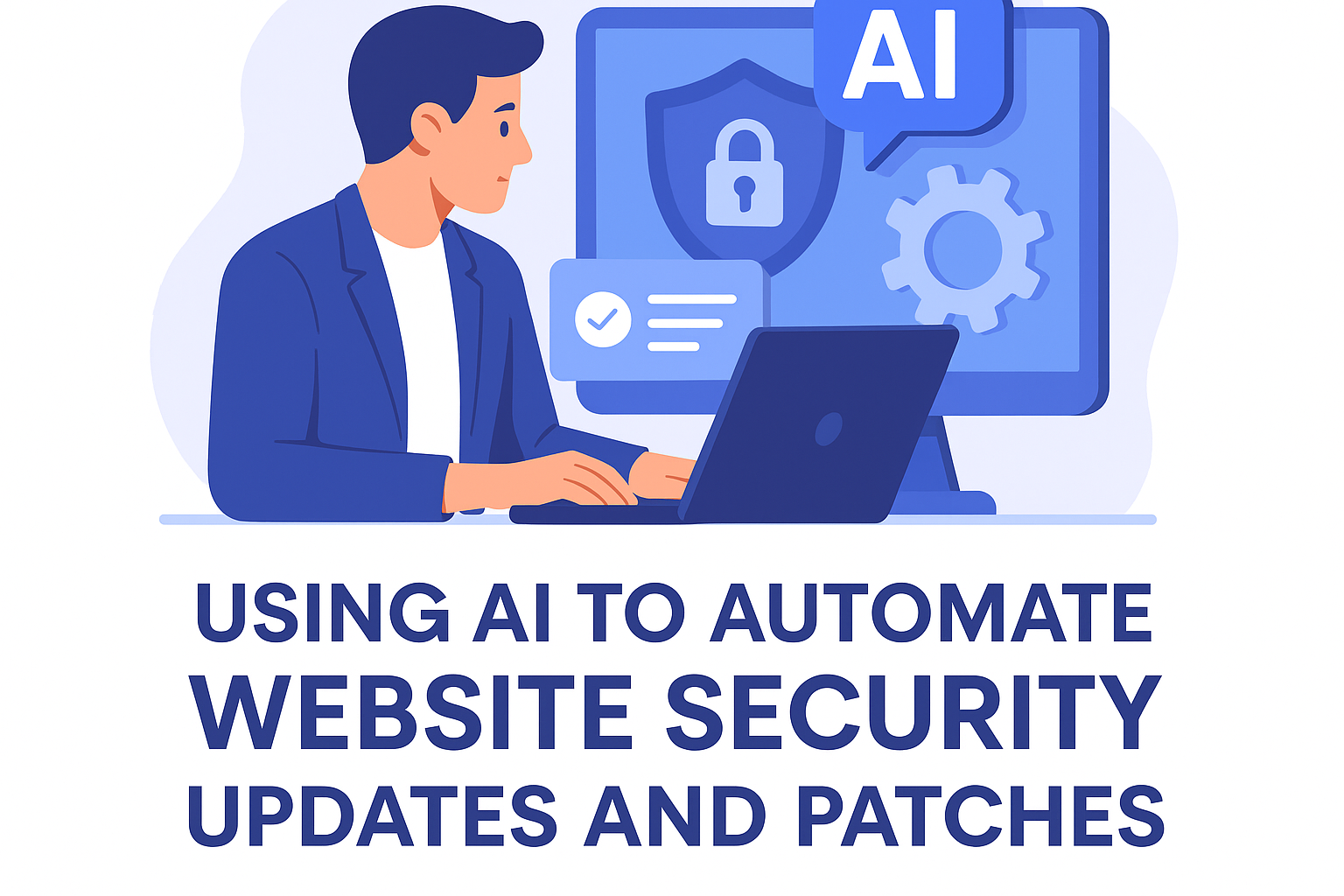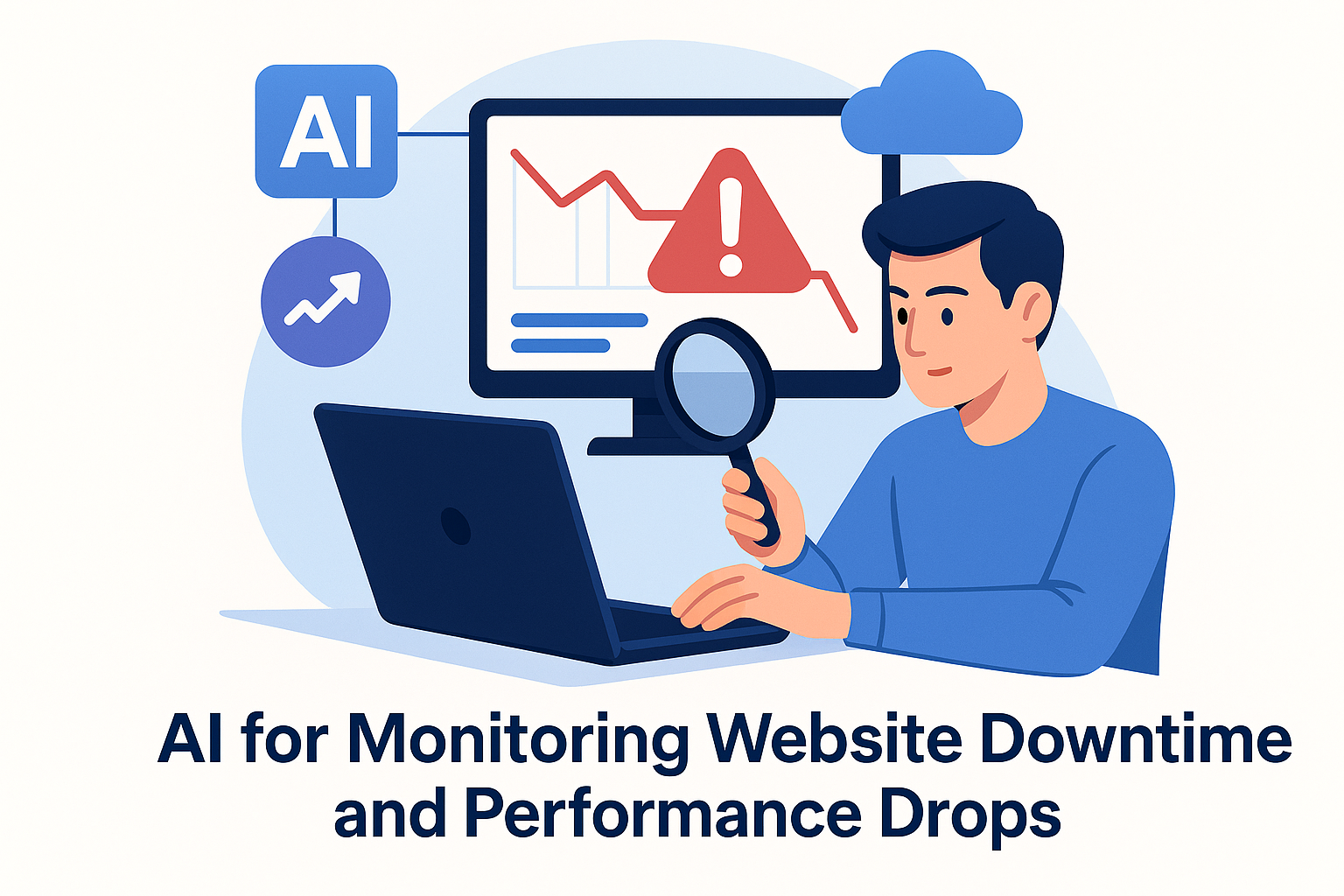You don’t always need to publish more content to improve your SEO. Sometimes the biggest wins come from optimizing what you’ve already created.
Old blog posts—especially those that once ranked well—are gold mines for search performance. With AI-powered tools like DIYSEO GPT and the DIYSEO AI Writer, you can refresh outdated posts, improve structure, and make them competitive in today’s search landscape. Then, using the DIYSEO Link Marketplace, you can amplify those pages with new authority and backlinks.
In this guide, you’ll learn exactly how to breathe new life into old blog content using AI—quickly, intelligently, and effectively.
Why You Should Update Old Blog Posts
Google favors freshness, relevance, and authority. If your content is outdated, you’re likely missing opportunities for:
- Higher rankings for updated search terms
- Better engagement with modern formatting
- Featured snippets and People Also Ask inclusion
- Rich media integration (FAQs, How-Tos, schema)
- Internal and external linking gains
Signs It’s Time to Optimize a Post:
| Signal | What It Means |
|---|---|
| Traffic declining | Competitors may have surpassed your content |
| Rankings slipping | Outdated information or missing intent coverage |
| High bounce rate | Weak formatting, slow load, poor content match |
| Outdated CTAs or links | Missed conversion or authority opportunity |
Step-by-Step: Optimizing Old Blog Content with AI
✅ Step 1: Identify Underperforming Posts with DIYSEO GPT
Start by running a Historical SEO Performance Audit in DIYSEO GPT.
Prompt:
“Which blog posts have seen declining rankings or traffic over the past 90 days and could benefit from an update?”
DIYSEO GPT will return:
- Posts with reduced search visibility
- Decreases in click-through rate (CTR)
- Missed keyword opportunities
- Content with outdated or irrelevant sections
You’ll get a prioritized list of old blog posts to target for optimization.
✅ Step 2: Analyze Content Gaps and Competitor Pages
Use DIYSEO GPT to compare your old post with the top-ranking competitors.
Prompt:
“Analyze the content at /ai-seo-strategy and compare it with top 3 Google results for ‘AI SEO tools.’ What’s missing or outdated?”
AI will return:
- Missing subtopics
- Outdated examples, statistics, or tools
- New user intent angles not addressed
- Structural suggestions for improving flow
This gives you a blueprint for content updates.
✅ Step 3: Rewrite and Expand with DIYSEO AI Writer
Once your optimization plan is clear, use the DIYSEO AI Writer to:
- Rewrite weak sections
- Expand on trending subtopics
- Add semantic keywords and related phrases
- Insert new headers, FAQs, or structured elements
Prompt Example:
“Expand this section about AI audits with 150 words on how machine learning improves accuracy. Keep tone conversational and add a bulleted list.”
Output:
Machine learning enhances audit precision by analyzing massive datasets and spotting patterns humans may miss. Benefits include:
- Real-time crawl error detection
- Improved meta tag recommendations
- Faster identification of ranking gaps
- Smarter link suggestions
This adds value, keyword relevance, and modernizes your content without starting from scratch.
✅ Step 4: Add Internal Links and Refresh Metadata
Optimized blog posts should support your broader SEO ecosystem.
Use DIYSEO AI Writer to:
- Add internal links to newer content
- Refresh meta titles and descriptions with updated keywords
- Include structured data like FAQ schema, How-To schema, or Article schema
- Rewrite headers (H2s and H3s) to reflect new semantic intent
Prompt:
“Write an updated meta description for this blog post now targeting the keyword ‘AI SEO strategy for 2024.’”
Output:
Discover how to build a future-proof AI SEO strategy in 2024 using automated tools, audits, and smart content planning.
✅ Step 5: Improve UX and Engagement Signals
Use DIYSEO GPT’s Layout & Engagement Audit to flag issues like:
- Long paragraphs
- Missing visuals or headings
- Weak CTAs
- Slow-loading assets
Then prompt DIYSEO AI Writer to reformat or rewrite sections accordingly.
Prompt:
“Reformat this content into shorter paragraphs and add a CTA after the second section.”
Output:
Readable, scannable, and structured for both users and search engines.
Bonus: Promote Updated Posts Using DIYSEO Link Marketplace
Once your blog post is optimized and refreshed, promote it like a brand-new piece.
Use the DIYSEO Link Marketplace to:
- Build high-authority backlinks to the updated post
- Re-establish external relevance with new anchor text
- Drive new referral traffic and crawl activity
Anchor Text Examples:
- AI SEO tools comparison guide
- Updated 2024 AI SEO strategy
- Best practices for optimizing old blog content
The combination of fresh content + new links sends strong signals to Google that your page deserves higher placement.
Real-World Example: Ranking Recovery with AI-Powered Refresh
Problem: A blog post titled “AI Tools for SEO” published in 2022 was stuck at position #11. Traffic had dropped 60% in six months.
DIYSEO Fix:
- Used DIYSEO GPT to audit historical performance
- Compared with competitors and found missing content on ChatGPT-based tools and GPT-4
- Used DIYSEO AI Writer to:
- Add 3 new sections (tools, workflows, use cases)
- Rewrite meta description and subheadings
- Insert an updated internal link cluster
- Promoted refreshed post with 5 backlinks via DIYSEO Link Marketplace
Results:
- Post moved from #11 to #3 in 21 days
- Click-through rate improved by 91%
- Bounce rate decreased by 27%
- Time-on-page increased by 58 seconds
- Organic traffic more than doubled
DIYSEO Blog Optimization Workflow
| Step | Tool | Task |
|---|---|---|
| Identify blog targets | DIYSEO GPT | Audit old content based on ranking and traffic trends |
| Analyze content gaps | DIYSEO GPT | Compare your post to top-performing competitors |
| Update and rewrite | DIYSEO AI Writer | Add new sections, FAQs, examples, schema |
| Refresh metadata | DIYSEO AI Writer | Rewrite meta title, description, and headers |
| Promote and link | DIYSEO Link Marketplace | Build links to support and relaunch content |
Final Thoughts
Old content doesn’t need to be deleted—it needs to be smarter, fresher, and AI-enhanced.
With DIYSEO, you can:
- Quickly identify blog posts ready for optimization
- Use AI to rewrite, restructure, and reoptimize content
- Add internal links, schema, and modern formatting
- Drive new authority and clicks with strategic backlinking
Why create from scratch when your best content is already waiting for a second life? Let AI revive it—and help it rank like never before.
Frequently Asked Questions
1. How can AI-powered strategies enhance the SEO of old blog posts?
AI can significantly improve the SEO of old blog posts by utilizing advanced algorithms to analyze current search trends, keywords, and ranking factors. These AI tools can identify which parts of a blog post may be underperforming and suggest changes to boost its SEO. AI can update outdated information, restructure content to enhance readability and engagement, and ensure that your posts align with the current search engine algorithms. For instance, by analyzing user behavior and preferences, AI can recommend new keywords to target, suggest more engaging titles, or propose the inclusion of interactive elements like videos or infographics, thus ensuring that your old blog posts stay relevant and competitive in search engine rankings.
2. What steps should I take to start optimizing my old blog posts with AI?
First, perform a content audit to identify which blog posts could benefit from optimization. Use AI tools to analyze these posts for keyword usage, readability, and relevance, considering current trends. The next step is to update the content with AI-generated suggestions, such as adding new information, refreshing outdated links, and optimizing meta tags and images. AI can also help you rephrase sentences to enhance clarity and engagement, as well as recommend adjustments to increase keyword density without compromising on quality. Don’t forget to optimize your posts for mobile devices, as this is a critical ranking factor. Finally, monitor the performance of your updated posts to further refine your strategies based on AI-driven insights.
3. Are there specific AI tools that can assist with optimizing old blog posts for SEO?
Yes, several AI-driven tools specialize in SEO optimization for blog posts. Tools like Google’s Natural Language API can help understand the content from a search engine’s perspective, while SEMrush and Ahrefs offer insights into keyword performance and competitive analysis. Grammarly can help with readability and grammar adjustments, ensuring that your content is polished and professional. SurferSEO integrates directly with content management systems to provide real-time suggestions for on-page optimization. Meanwhile, tools like Clearscope and Frase leverage AI to assist in content creation and optimization by analyzing top-performing pages and generating data-backed recommendations for improving content quality and search visibility.
4. Can AI-powered SEO strategies help update content to align with recent search engine algorithm changes?
Yes, AI-powered SEO strategies are particularly useful in helping content stay up-to-date with the latest search engine algorithm changes. Search engines like Google frequently update their algorithms to enhance user experience, prioritizing content that is relevant, authoritative, and user-friendly. AI tools continuously monitor these changes and can adjust your content to meet new criteria. For example, AI can shift the focus of your blog posts towards user intent and engaging formats, suggest the use of semantic keywords that reflect evolving language usage, and optimize for featured snippets or voice search, which have become more prevalent due to recent algorithm updates. By employing AI, you ensure that your blog remains in sync with these algorithmic shifts, maintaining or improving its search ranking.
5. Is AI capable of generating entirely new content to supplement or replace old blog posts, and should it be used for this purpose?
AI is indeed capable of generating new content to either supplement or replace old blog posts. Tools like GPT-3 can create human-like text, providing a fresh perspective on outdated topics or complementing missing pieces of information in your blogs. While AI can create foundational content efficiently, it’s crucial to ensure that it aligns with your brand voice and meets your audience’s needs. Human oversight is essential to refine AI-generated content, checking for accuracy, tone, and relevance. Although AI shouldn’t replace the original creative processes or human touch, it serves as a powerful support tool that can save time, enhance consistency, and spark new ideas for enriching your blog’s content strategy.



